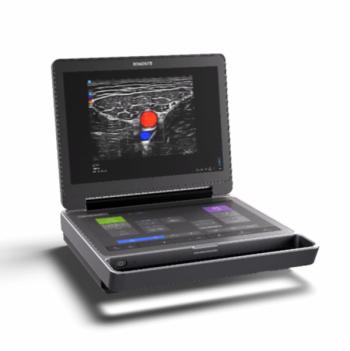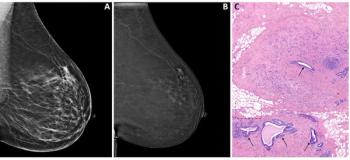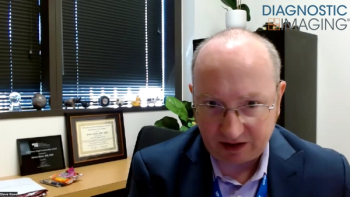
Report from RSNA: Single-session RFA of lung and liver proves feasible
Interventional radiologists can now kill two “birds” with just one probe. Simultaneous radio-frequency ablation of hepatic and pulmonary tumors is feasible, according to Italian researchers.
Interventional radiologists can now kill two "birds" with just one probe. Simultaneous radio-frequency ablation of hepatic and pulmonary tumors is feasible, according to Italian researchers.
From July 2002 through February 2004, investigators at the University of Florence performed 65 RF ablations in 25 patients with hepatic and pulmonary metastases from colorectal carcinoma. All the procedures were carried out under CT or ultrasound guidance. The researchers found that the ablation of these tumors could be done simultaneously in a single-session procedure.
"We wanted to prove that this procedure was technically feasible and that it would not add to the patients' complications," said coauthor Dr. Davide Becanni.
RFA was performed under CT guidance in 13 cases and with ultrasound guidance in 16. Both hepatic and pulmonary lesions were treated in a single-session procedure using one RF generator with either single or cluster probes. RFA successfully ablated all lesions, as confirmed by either CT or PET follow-up. No liver complications were reported, although five patients who were treated for pulmonary metastases developed pneumothorax.
Physicians still need to define the best target population and the cost-benefit relation for dual RFA procedures. But his study shows that RFA can reduce hospitalization time without adding to the complication rate, Becanni said.
Newsletter
Stay at the forefront of radiology with the Diagnostic Imaging newsletter, delivering the latest news, clinical insights, and imaging advancements for today’s radiologists.






























